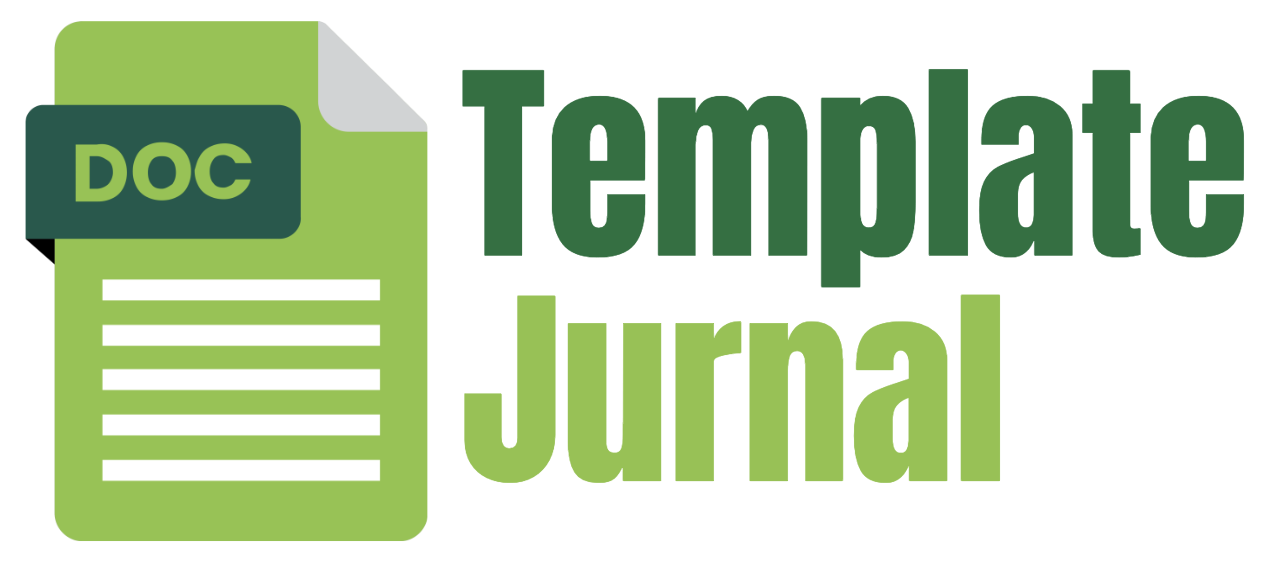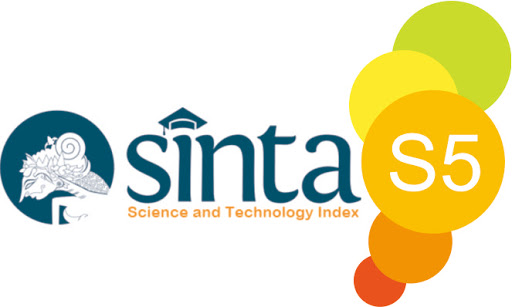Pertanggung Jawaban Notaris Atas Pembuatan Akta Otentik Berdasarkan Dokumen Palsu Oleh Para Pihak
DOI:
https://doi.org/10.53935/jim.v1.i1.5Keywords:
Tanggung Jawab, Akta Otentik, Dokumen PalsuAbstract
Notary is a public official authorized to make authentic deeds and has other authorities as referred to in Article 1 point 1 of Law Number 2 of 2014 concerning Amendments to Law Number 30 of 2004 concerning Notary Position. If there is a denial and/or denial related to the deed made by the Notary regarding the documents and/or information obtained during the making of the deed turns out to be false, then this is the responsibility of the party who submitted the documents or provided the false identity. This is because the deed that has been made by the notary contains written statements from the confrontants. there is no reason whatsoever for the Notary not to apply the precautionary principle in carrying out his/her position because the Notary is obliged to uphold the precautionary principle. This implies that all actions made in the context of making authentic deeds must be in accordance with the applicable laws and regulations so that they can be legally accountable. In making an authentic deed, the Notary must be held responsible if the deed he/she makes contains errors or violations that are intentionally committed by the Notary. Conversely, if the element of error or violation occurs from the confronting party, then as long as the Notary exercises his authority in accordance with the regulations, the Notary concerned cannot be held liable because the Notary only pours into the deed the matters submitted by the client or the parties.
Downloads
Published
Issue
Section
License
Copyright (c) 2023 Iin Anugrahsari, Ismail Ismail (Author)

This work is licensed under a Creative Commons Attribution-ShareAlike 4.0 International License.




